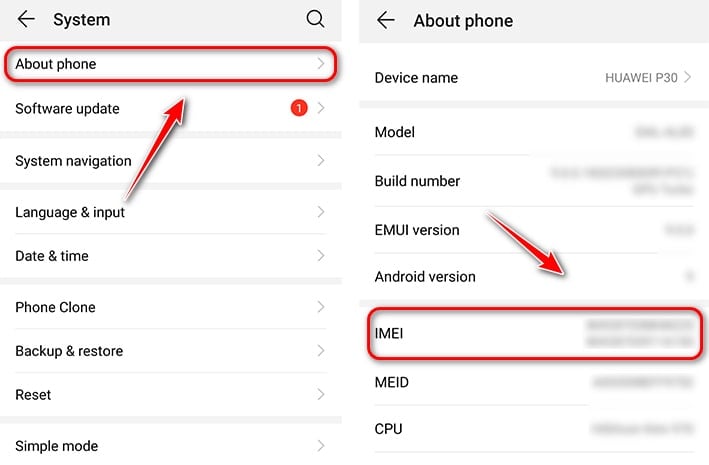"+_.E(f)+"
Original Poster - Majara Mojela. Community content may not be verified or up-to-date. Learn more. Recommended Answer Recommended Answers 0. All Replies 1. Platinum Product Expert Penelope R. Recommended Answer. Hi Majara.
Send this article to a friend
There's an article in the Help Centre here that may be of help to you Original Poster. Majara Mojela. This question is locked and replying has been disabled. Discard post?

You will lose what you have written so far. Subscribe to updates. Failed to attach file, click here to try again. Edit link.
Huawei P30 Pro camera experience: Stunning results that may be worth owning a banned phone
Text to display: Link to:. Cancel OK. Please follow our content policy when creating your post.
Keep editing Discard. Personal information found. We found the following personal information in your message: This information will be visible to anyone who visits or subscribes to notifications for this post.
Cancel Yes, post anyway. A problem occurred. Please try again. Link to post. Cancel Copy Done. Delete post? Cancel Delete. This will remove the reply from the Answers section. Cancel Remove. Notifications are off. Your notifications are currently off and you won't receive subscription updates. To turn them on, go to Notifications preferences on your Profile page.
Huawei’s US ban: A look at the hardware (and software) supply problems | Ars Technica
No thanks Go to profile. We'll see where each component comes from and what other options exist out there in the ecosystem. Huawei is better off than most companies in this area—it's one of the few companies along with Samsung that has its own chip-design division. Qualcomm has a near monopoly on the high-end smartphone market, thanks not only to reliably producing yearly SoC upgrades, but also by aggressively investing in and patenting cellular technologies.
Qualcomm was one of the first companies to bring LTE to market, and it has been leading the charge toward 5G, too. Qualcomm has no doubt been patenting everything it can find along the way. Samsung has its own Exynos line of processors but usually doesn't ship them in the US, instead using Qualcomm chips.
Huawei is a fabless chip designer, meaning the company doesn't own a semiconductor foundry, so it must get its chip designs manufactured somewhere. The running theme of this article is "Samsung would also be an option"—and for chip fabrication, Samsung would also be an option. Samsung which is based in South Korea produces Qualcomm's flagship chips and is actually one of the leading silicon manufacturers on Earth. We're doing good so far! BOE is a real up-and-comer in the display market, and according to Bloomberg , it will blow past LG to become the number two supplier of OLED displays by the end of the year.
If you haven't been paying attention to BOE, you should start. With the might of China behind it, BOE has started to go after Samsung Display's biggest customers and is trying to woo Apple to become a supplier for future iPhone displays. Good luck with that. Samsung has tried to stay ahead of this new Chinese rival with superior technology, mainly via the development of flexible displays for new-age foldable smartphones like the Galaxy Fold.
Huawei P30 Pro: Tips & tricks to unlock the full potential of your new phone
Sadly for Samsung, South Korean prosecutors say Samsung's flexible display technology was stolen by one of its suppliers and sold to an unnamed display firm in China. No doubt BOE's technology was completely self-developed. Under the P30 Pro's display is an in-screen fingerprint reader, an optical reader made by Goodix, a Chinese company.
- cellphone monitoring tool Galaxy A50?
- Huawei P30 Pro review: Smartphone photography, redefined!
- Account Options.
- iPhone X program to spy?
- The Power of HiSilicon.
- 1. Locate, lock, erase your lost Huawei P30/P30 Pro using Google Account.
Goodix also supplies OnePlus with its optical fingerprint readers. Before the US ban, Qualcomm would have been another option, with its ultrasonic fingerprint reader that debuted in the Galaxy S
